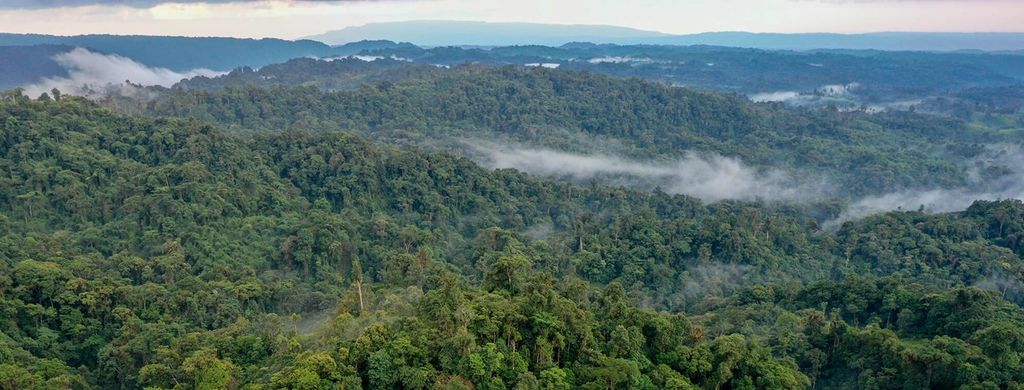The entire vibe around the championship is really different, and especially to be in a family-run team such as Algarve Pro is simply impressive. While there was a very corporate atmosphere with Audi, there is a very warm atmosphere here. It’s great and supports you to push more for those around you. In terms of racing and driving, both cars are very similar in terms of downforce. There is, however, a big difference in the throttle response. The DTM car is still very much a touring car as it can brake so late, and it’s very aggressive on the throttle. The LMP2 car is all about smoothness and efficiency in your driving.














